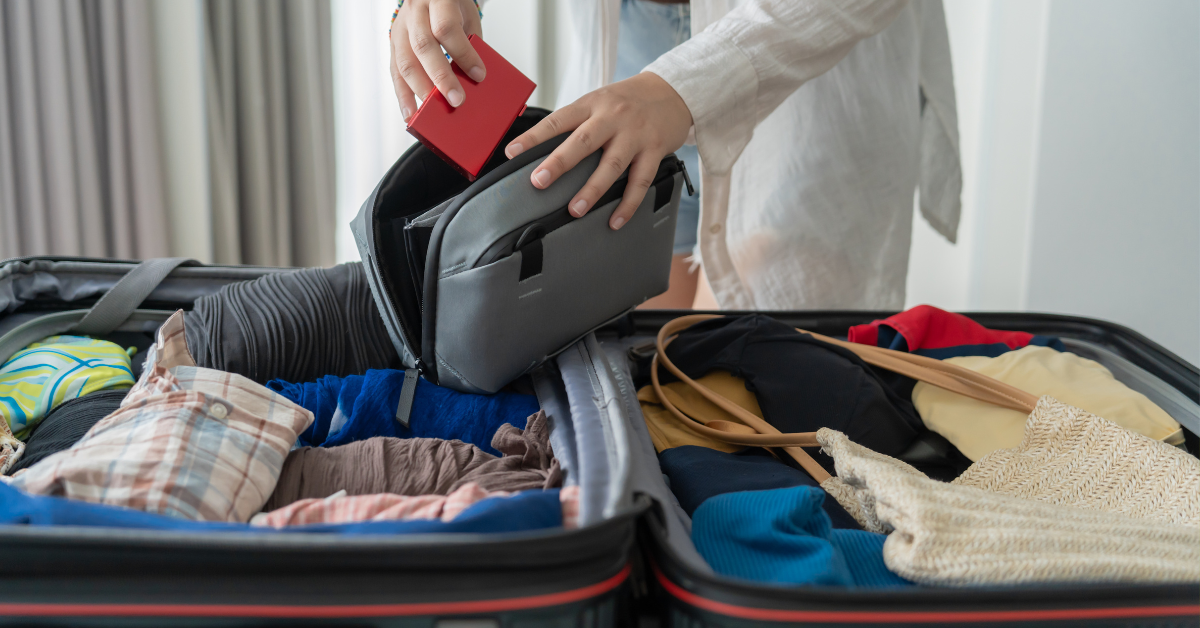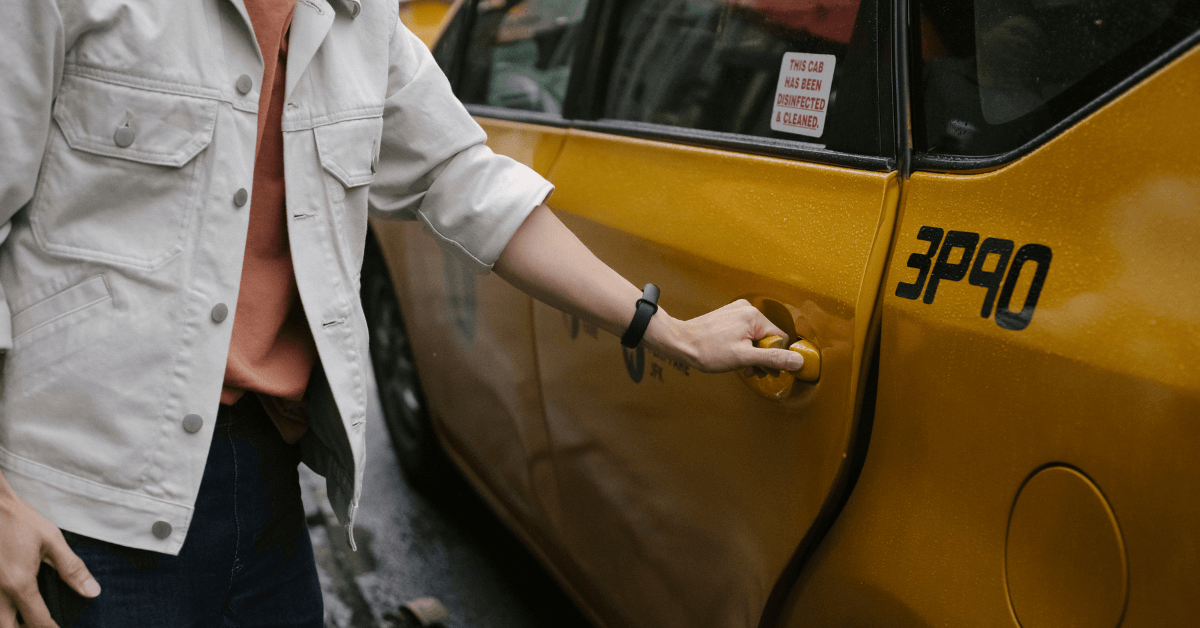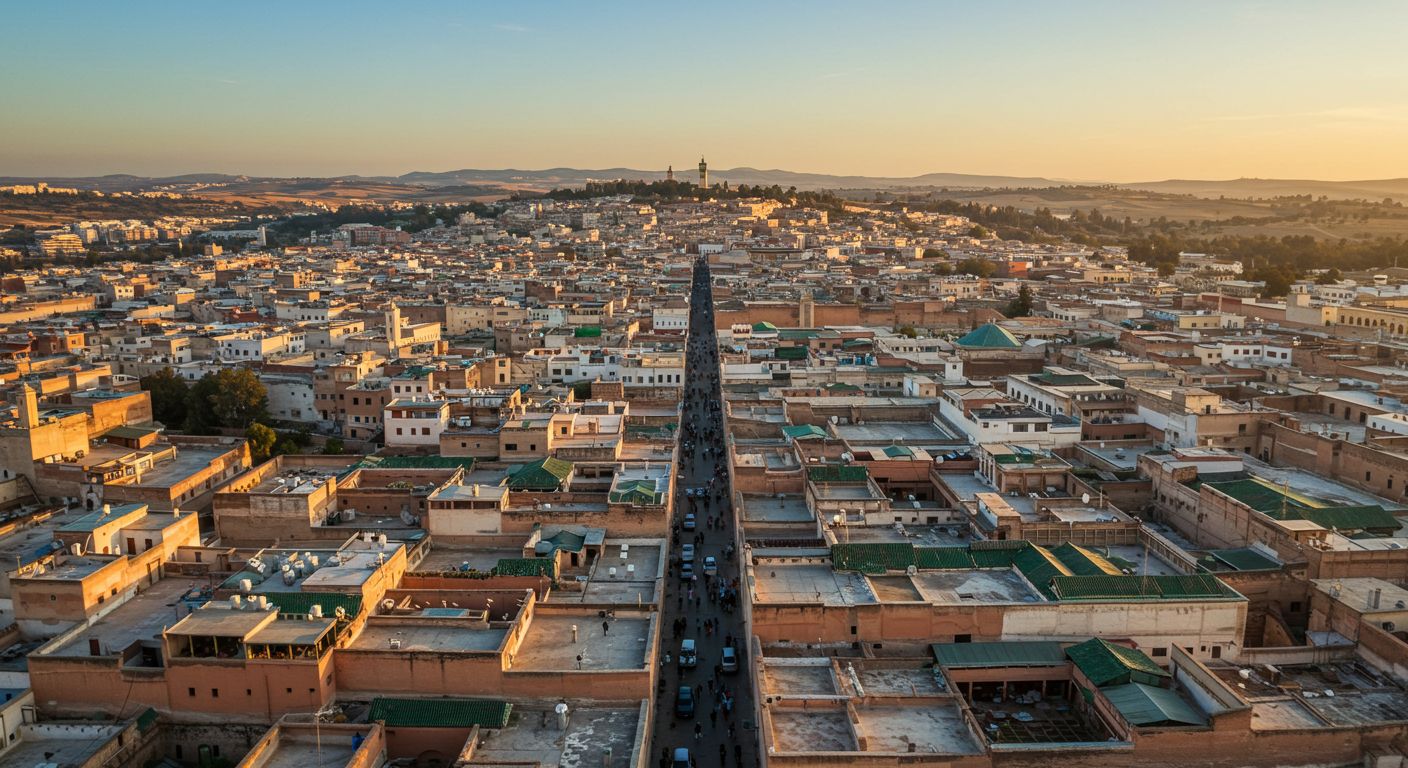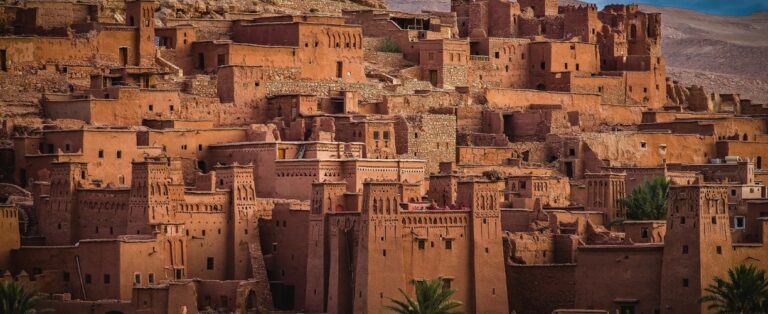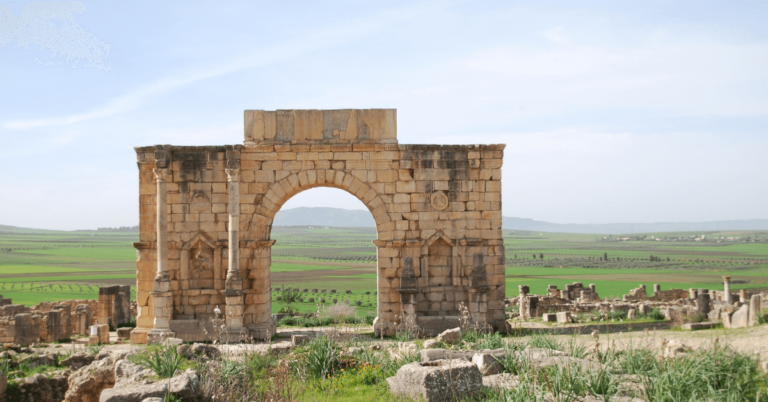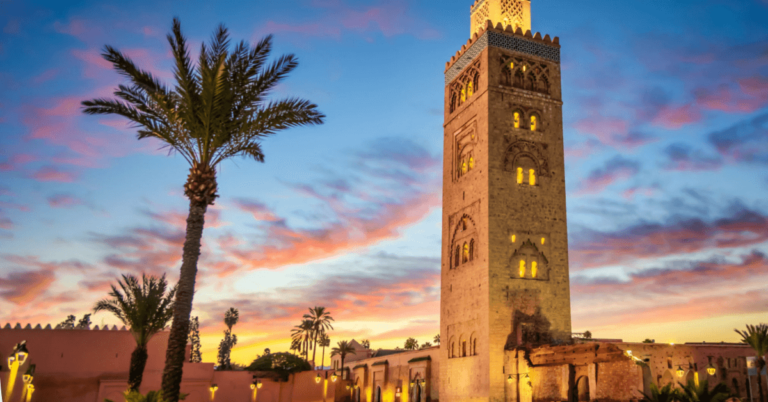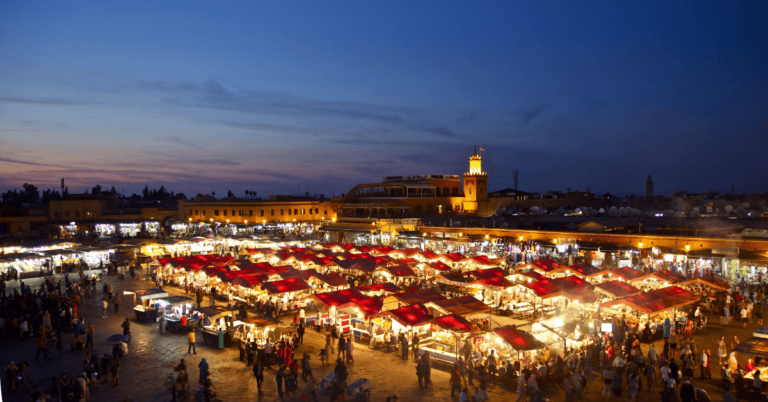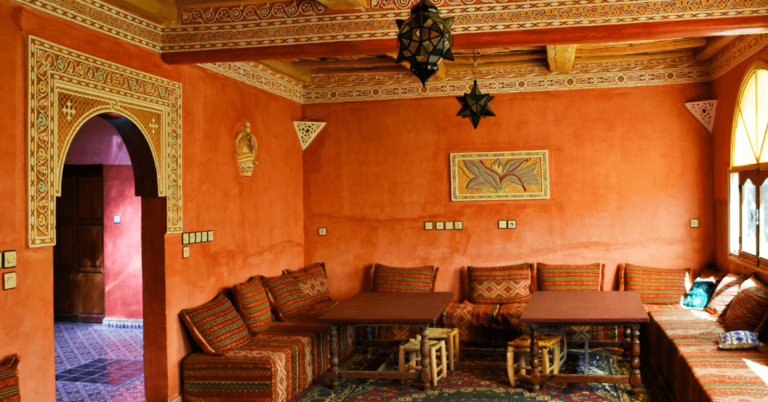Morocco Packing List: What to Bring Year-Round
Packing for Morocco isn’t just about the weather it’s about the variety. You might walk through a humid medina, hike a windy mountain trail, or sleep in the chilly desert all in one trip. I’m Justin, and after years of traveling across Morocco, I’ve learned how to pack smart, stay comfortable, and keep things light. The trick is in layering, choosing fabrics that breathe, and bringing the right extras. If you’re still planning your route, my complete guide to traveling to Morocco can help you map out what to expect in every season and region.
Clothing: think layers, comfort, and modesty
For all seasons:
- Lightweight pants or long skirts Comfortable and respectful for cities and rural areas.
- Loose-fitting shirts or tunics Cover shoulders and breathe well in the heat.
- Scarf or shawl – Great for sun protection, covering up at religious sites, or keeping warm at night.
- Comfortable walking shoes –Closed-toe sneakers or breathable hiking shoes for cities, markets, and trails.
- Sandals Ideal for warm days and relaxing at your riad or desert camp.
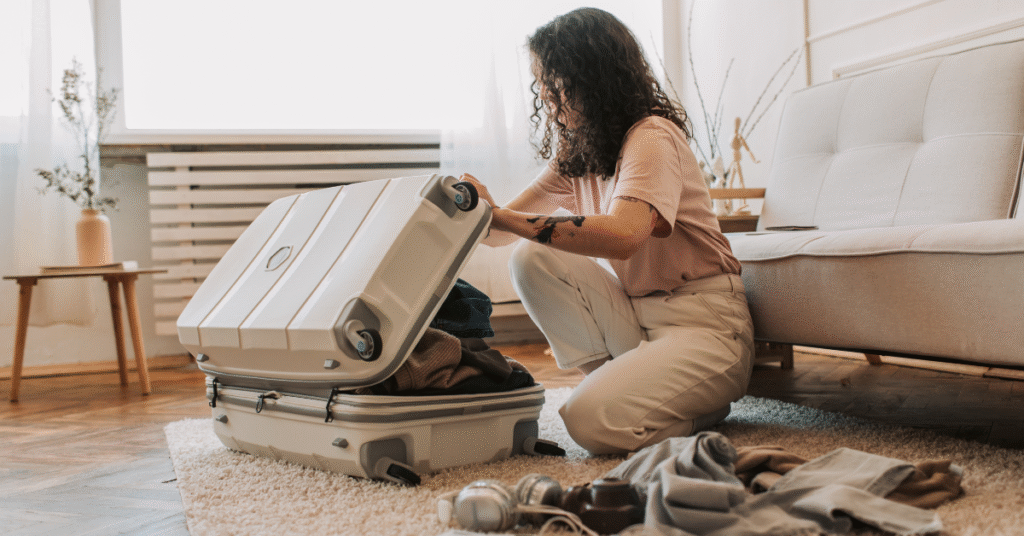
Optional but useful:
- Maxi dress or long cotton dress – For casual dinners or walking around town.
- Swimsuit – For hotels with pools or beaches in Essaouira, Agadir, or the south.
- Packable down jacket or fleece – Nights in the desert or Atlas Mountains can be very cold, even in spring or fall.
Weather-specific items
Spring & Fall (March–May, Sept–Nov):These are the best times to travel. Warm days, cool nights.
Bring a light jacket, a warm layer for the evening, and sun protection for daytime.
Summer (June–August):Hot in most areas—especially Marrakech and inland cities.
Choose light, breathable fabrics. Avoid dark colors. The coast stays cooler. Desert can be extremely hot.
Winter (December–February):Mild in the south and along the coast, but cold in the north and at night in the desert.
You’ll need a warm coat, sweater, and maybe gloves if heading to the mountains or Merzouga.
Accessories and gear
- Sunglasses – The sun is strong year-round.
- Hat or cap – Essential in the desert and during hikes.
- Sunscreen – Not always easy to find outside big cities.
- Daypack or small backpack – Useful for excursions, day trips, or carrying layers.
- Reusable water bottle – Many hotels offer refills.
- Flashlight or headlamp – Especially useful for desert camps or riads with low lighting.
- Universal adapter – Morocco uses the standard European 220V plugs (type C or E).
- Power bank – Long travel days or overnight buses drain batteries fast.
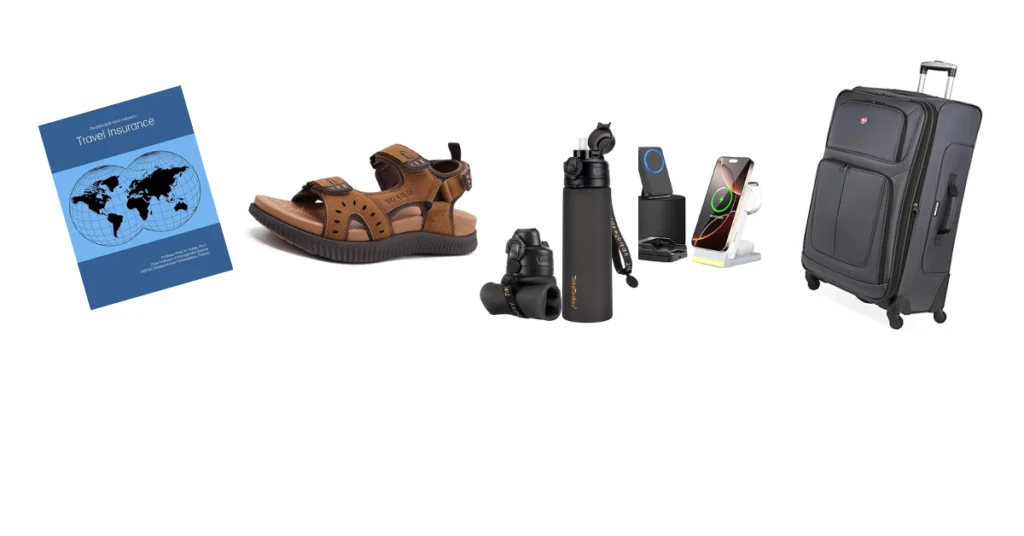
Health and toiletries
- Basic first aid kit – Bandaids, painkillers, motion sickness pills (useful for winding roads).
- Hand sanitizer and tissues – Some public toilets are basic.
- Wet wipes – Useful in desert or while on the road.
- Toiletries – Shampoo, soap, toothpaste—though easily found in Moroccan stores if needed.
Tip: If you wear prescription glasses or contact lenses, bring an extra pair. Pharmacies are reliable but don’t always stock specific brands.
Documents and money
- Passport – Valid for at least 6 months from your arrival date.
- Printed copies of bookings – Some riads ask for confirmations.
- Travel insurance – Strongly recommended for desert travel, hikes, and rural areas.
- Cash (Dirhams) – Cards are accepted in many places, but cash is needed for taxis, souks, and tips.
- ATM card – Check for foreign transaction fees and alert your bank before travel.
Tip: Always carry small bills for tips, taxis, or snacks. Change can be hard to get in remote areas.
What not to bring
- Heavy luggage – Narrow streets and medinas don’t mix well with bulky suitcases.
- Short shorts or revealing outfits – Not ideal for most regions. Light but modest works better.
- High heels – Cobblestones and sand make them impractical.
- Drones – Often not allowed without special permission.
Final thoughts
Packing for Morocco is about being practical and open-minded. Bring less than you think, but pack smart. Comfort, modesty, and flexibility will take you far. The weather can change quickly between regions, so plan for warm days, chilly nights, and everything in between.
And now that you’re ready for the road, take a look at my guide to the best cities to visit in Morocco to help you decide where that suitcase is headed first.

